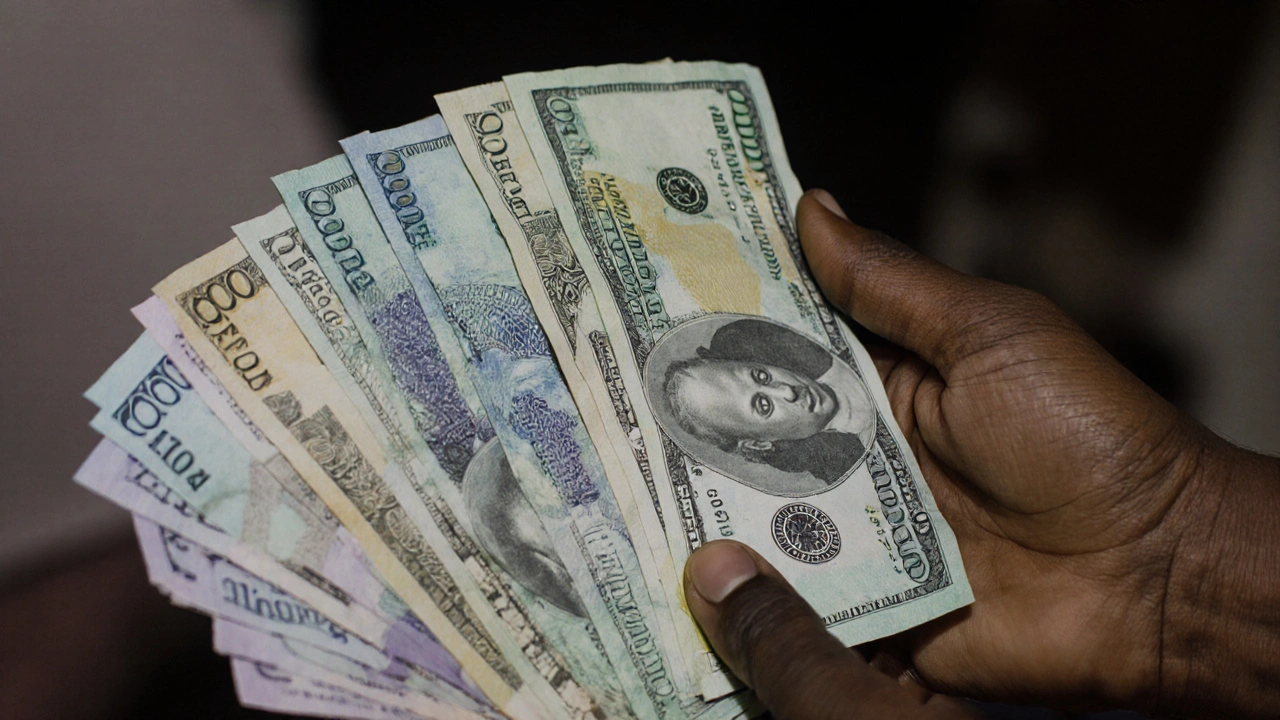Dollar Weakness: What It Means for Your Money
When working with dollar weakness, a decline in the U.S. dollar’s value against other currencies. Also known as USD depreciation, it can reshape trade, travel costs, and investment returns.
One of the first places you feel the shift is in foreign exchange, the market where currencies are bought and sold. When the dollar weakens, the FX market often sees a rally in euro, yen or pound values, because traders chase stronger assets. This rally, in turn, nudges inflation, the rate at which prices rise upward in the United States as imported goods become pricier. At the same time, central banks may tweak interest rates, the cost of borrowing money to curb or fuel that inflation, creating a feedback loop that keeps the dollar’s fortunes in flux.
Why It Matters for Emerging Markets
Countries that rely heavily on dollar‑denominated debt or exports feel the impact most. Emerging market currencies, the money of developing economies often strengthen when the dollar softens, because their export goods become cheaper for foreign buyers. That boost can lift stock markets, improve tourism receipts, and lower the real burden of foreign loans. In short, dollar weakness tends to benefit the rest of the world while putting pressure on U.S. consumers and investors.
Below you’ll find a mix of stories that show how these forces play out – from commodity price spikes to policy moves in major economies. Whether you’re tracking the latest market reaction or trying to understand the broader picture, the articles ahead give you real‑world examples of the dynamics described here.
Yuan Gains as Dollar Weakens and Chinese Stocks Rally
The Chinese yuan has appreciated amid a softer US dollar and a buoyant domestic stock market. Year‑to‑date it’s up over 2%, with a modest 0.13% rise in the past month, trading near 7.14 per dollar. Analysts link the move to shifting global risk sentiment and policy signals. Investors are watching for further swings as China navigates growth challenges.

